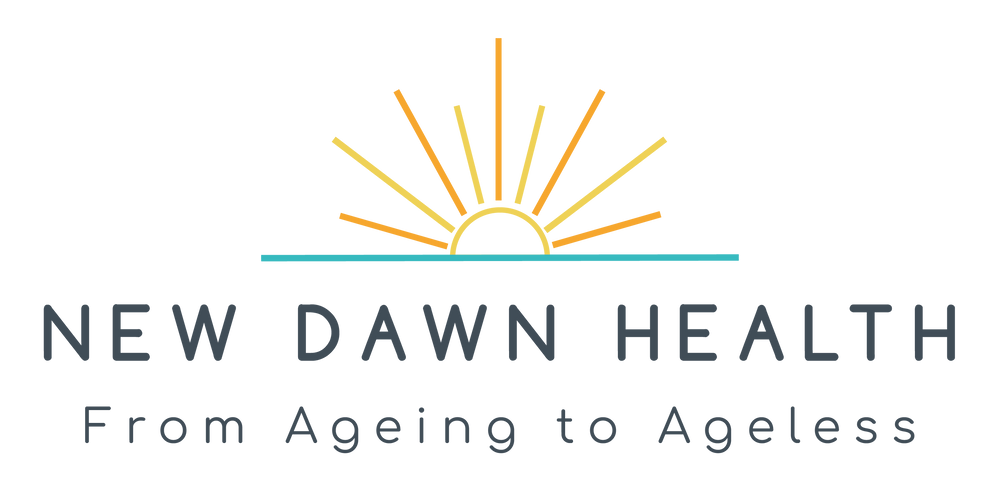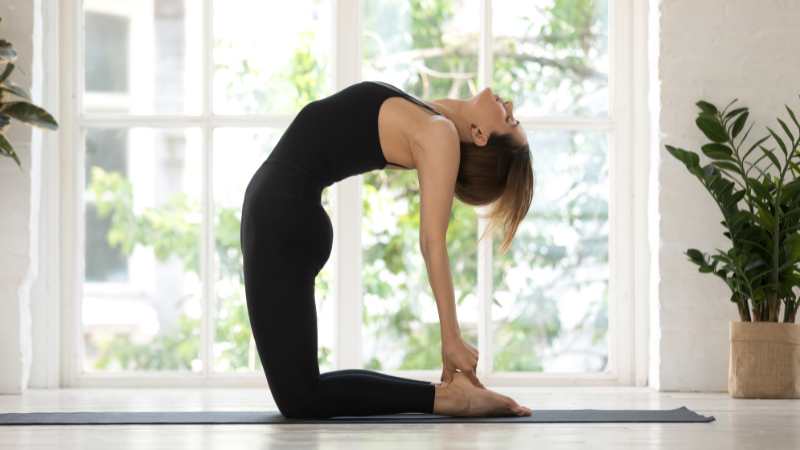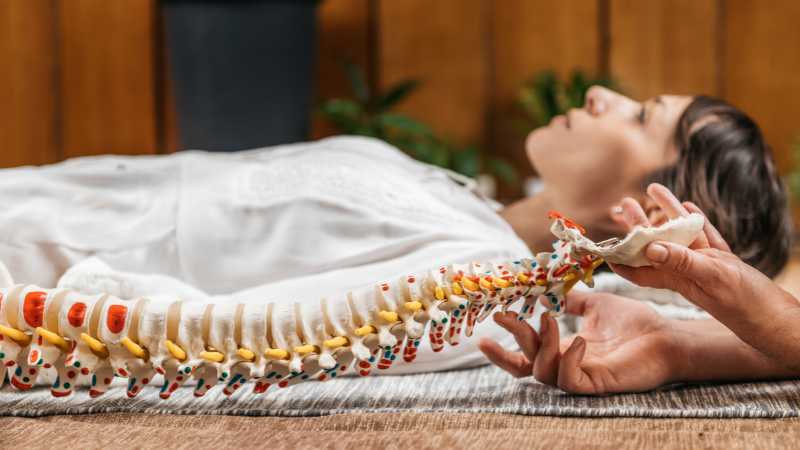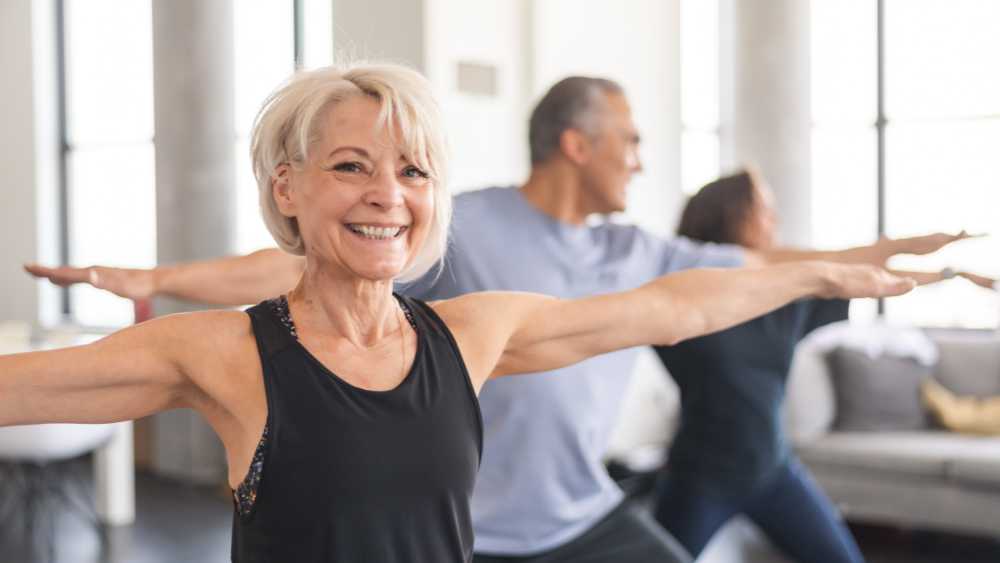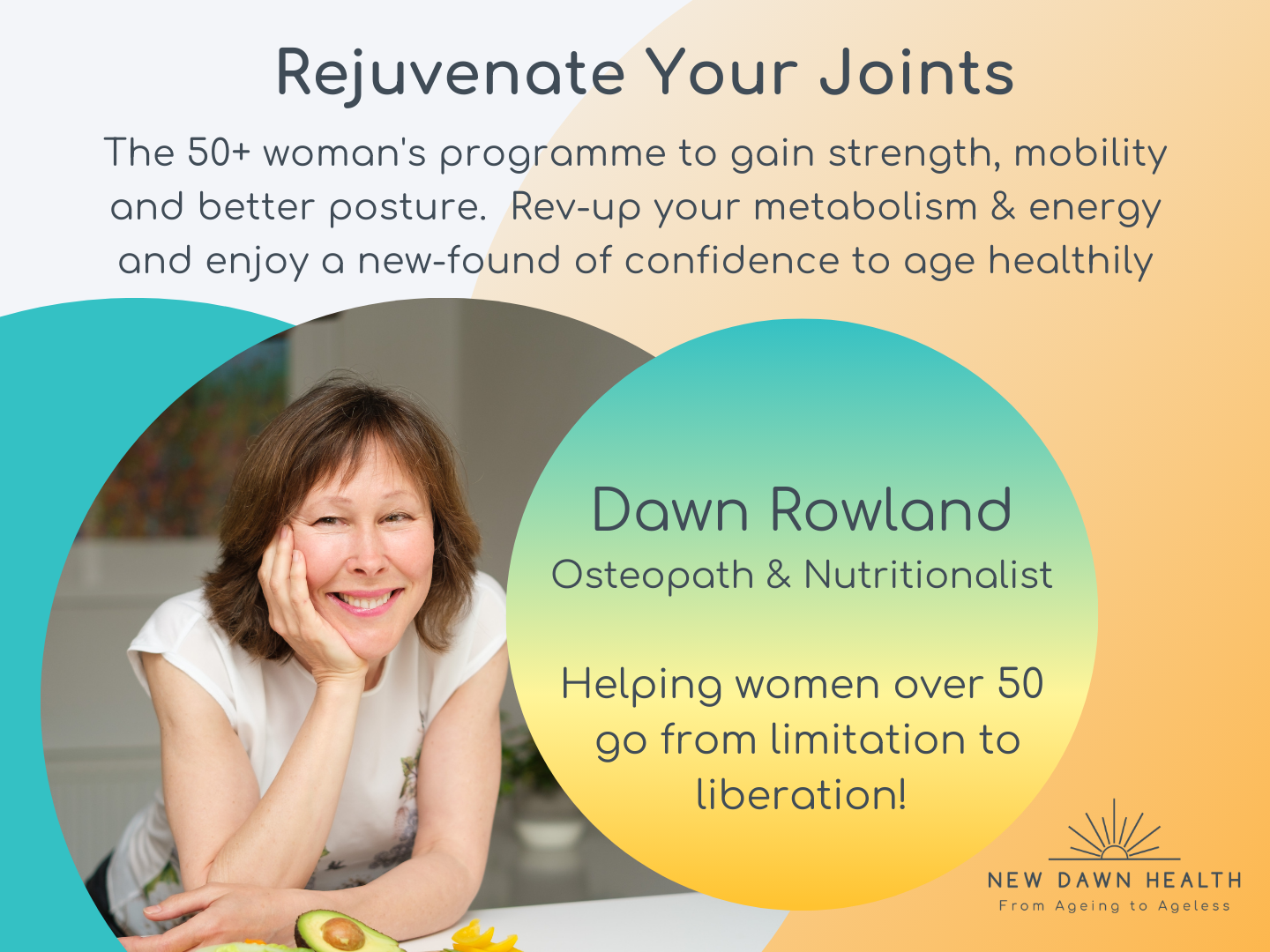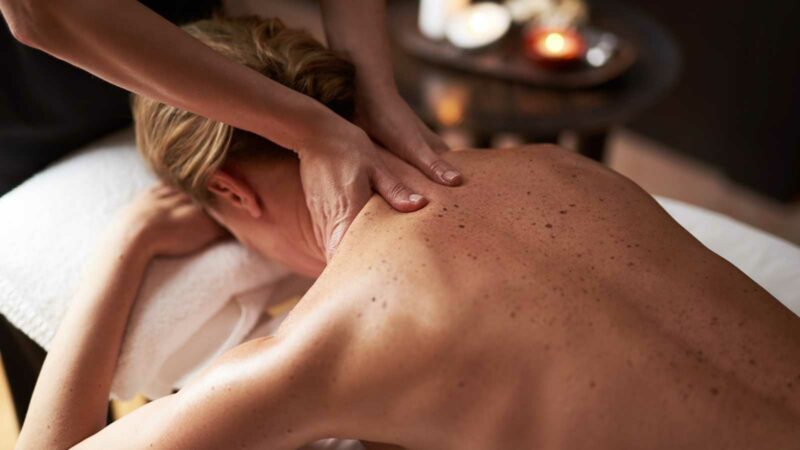Introduction
It is very common to experience the aches and pains of ageing as our bodies inevitably undergo a series of biological changes. This leads many to wonder, do we have to suffer so, could they be a cause for concern? Could we prevent them, and if so, how?
The first step towards understanding your body’s changes is recognising that some level of discomfort is indeed normal as we age. The human body is not immune to wear and tear, much like any moving mechanism. Common areas where people experience these normal aches include the back, knees, hips, and shoulders. The reason for this, we will explore.
How and why the spine ages
You could say young spines are flexible, while old spines are stiff. Logically, middle-aged spines are somewhere in the middle of that stiffening process. Let’s explore what’s happening during this stiffening process, which commonly leads to aches and pains.
Humans have an upright S-shaped spine when looking from the side. Two forward bending curves and two backward bending curves. These curves, made up of 33 vertebrae and 24 sets of paired joints, are key to the spine’s strength and flexibility.
It is very common to develop low back pain as we age due to the compressive effects of gravity and our more sedentary lifestyles.
33 vertebra, 24 paired joints, over 100 muscles and over 200 ligaments, all working together!
How our habits and movement patterns create imbalances
Over the years, our Western lifestyles necessitate constant forward bending. Rarely do we lean or arch backward. We lean forward to wash, cook, lift, garden, hunch over a laptop or mobile and finally slump on a soft sofa. We are creatures of habit and those habits become entrenched into our structure.
The soft tissues around our joints shrink and tighten from inactivity and poor posture. Our joints lose lubrication and elastic stretch. Our muscles lose strength and elasticity too. When our joints lose the support of flexible, strong, balanced muscles (and ligaments) they are vulnerable to strain.
Cumulative, and often one-sided, habitual movement patterns performed in the same way, day after day, allow certain muscles around a joint to dominate and others to weaken. This muscular imbalance means that the joint no longer runs “true”. Joint surfaces don’t line up quite so well anymore. We all know that if moving parts don’t line up perfectly, the result is friction. When friction repeatedly happens in our joints, it causes pain and inflammation.
Analogy
We can liken this to driving a car. By holding the steering straight with equal left and right-hand grip strength, the car runs in a straight line. If we pull more with our right hand, the car turns to the right. The harder we pull, the more the car turns an ever tighter circle. If we keep driving in a tight circle to the right, we will eventually wear out the tyre tread in a particular pattern.
Sitting slumped forwards or looking down at a mobile phone in your hand puts your spine and shoulders out of alignment. Certain muscles shorten and tighten, and others lengthen and weaken. By-the-way, both tight muscles and weak muscles can cause pain.
These muscle imbalances pull the spinal joints out of optimum position, which puts uneven loading pressure through the joint. Joint surfaces begin to wear unevenly. The more the joint is used unevenly, the more it will wear. Very gradually, the speed of wear exceeds the speed of repair.
Nerves in the vicinity can be pinched or irritated. Your pain may be inflammation in the joint surfaces, from weakness or tightness in the muscles, from the ligaments or tendons or the nearby nerves.
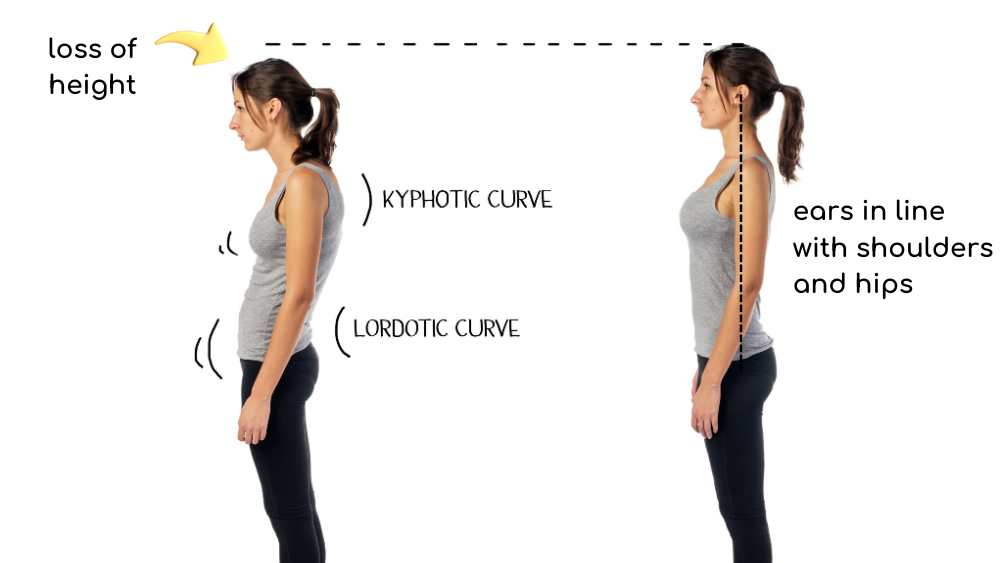
The Role Of Lifestyle Choices In Age-Related Discomfort
It goes without saying that our lifestyle choices significantly influence how we age and how much discomfort we experience as we get older.
Sedentary behaviour
Inactivity can lead to weight gain which puts additional load on joints leading to increased pain. Being sedentary allows muscles to weaken, ligaments and discs to dehydrate, and bones to demineralise.
Poor dietary habits
A processed diet contributes to inflammation in the body which exacerbates joint pain. A processed, high saturated fat, highly refined carbohydrate diet, raises inflammation. An unprocessed, wholefood diet, like the Mediterranean, diet lowers inflammation in the body.
Smoking
Has been linked with an increased risk for osteoporosis, a condition that weakens bones and can lead to fractures. Excessive alcohol consumption can also have detrimental effects on bone health.
Therefore, adopting a healthier lifestyle that includes regular exercise, a balanced diet, and avoiding harmful habits like smoking and excessive drinking can help manage the normal aches and pains of middle age.
Preventing the Aches And Pains Of ageing
In my experience, prevention is always better than cure. The younger you can start with a physical exercise routine the better. Having said that, it’s never too late to start. Our body has inbuilt mechanisms for healing and repair, and we can optimise those mechanisms at any age.
Basically, our muscles and joints need a variety of movements to stay young. Our joints need to move in all their planes of movement, ideally every day. So if you can mix up your daily activities you are more likely to invigorate each and every joint, and you will also prevent potential repetitive strain from doing just one activity. Activities like swimming, walking, hiking, pilates or yoga, cycling and resistance training, will make a significant difference and reduce aches and pains.
Perhaps ask yourself:
- How varied are your daily movements?
- Do you really rotate the ball and socket joints of your hip and shoulders in full circles, or do they mainly move forwards and backwards?
- Do you twist and side-bend your spine, or do you generally move your back in a forwards/backwards plane of movement?
- How many hours do you spend sitting versus being on the move each day?
You might like to consider doing my 4-week Rejuvenate your Joint programme – a highly practical course to help you improve your habits around diet, exercise, stress management and sleep – each week designed to support your bones, muscles and joints using evidence based principles of Functional Medicine. Click the picture below to find out more.
top tips for easing general aches and pains
Eat muscle and bone-friendly foods
Eat foods high in protein, calcium, magnesium, potassium, Vitamin D, and omega-3 fatty acids. Enjoy organic dairy products and high-quality lean meat, sustainable sourced oily fish, lots of leafy greens, colourful fruits and vegetables and healthy fats from avocado’s, nuts, seeds and olive oil. These are the building blocks for our bones and muscles. They are rich in antioxidants, can decrease inflammation, thereby easing aches and pains.
Exercise daily
Mix up these throughout the weeksteady-state cardio, such as walking or swimming
- resistance training using bands, free weights or gym machines
- high intensity interval training that gets you hot, sweaty and puffing
- stretching and balance workouts
Drink more water
As we get older, our bodies dehydrate more quickly, because our cells don’t store water as well. Our thirst response is easily misinterpreted as hunger and we snack when we should be reaching for a glass of water.
- Aim to drink 60-80 ounces of water a day.
Get regular body-work treatments
Book and stick to regular sessions with a physical therapist such as sports massage, acupuncture, osteopathy, physiotherapy or chiropractic. These therapies will help you keep on top of your aches and pains.
Use ice and heat
Using heat and/or ice can be very helpful. Muscular pain typically responds well to a hot water bottle or heat pack, whereas joint pain is often eased with ice packs.
For aches and pains that aren’t recent injuries, you can alternate 10 minute ice pack followed by 10 minute heat pack. Repeat this 3 times.
Consider using manual therapists on a regular basis to help manage an ongoing condition like osteoarthritis.
When Should You Be Concerned?
While it’s true that some level of discomfort is expected as we age, it’s important to recognize when these aches and pains may be indicative of something more serious. Persistent pain that doesn’t improve with rest or short term use of over-the-counter pain relievers should not be ignored. Seek your osteopaths’ or doctors’ opinion.
Similarly, if you experience sudden severe pain, or pain accompanied by other symptoms like fever, unexplained weight loss, or difficulty moving the affected area, it’s very important to seek medical attention immediately.
If your aches and pains have started around the time of your menopause, they. may be linked to falling oestrogen levels. Menopause aches and pains is particularly common and there are both diet and lifestyle changes you can make along with discussing it with your GP. You may like to read my blog on “Menopause Joint Pain” to find out if your aches and pains could be menopause related.
See a doctor or musculoskeletal specialist if your pain persists.
Conclusion
Experiencing some degree of discomfort can be, but doesn’t necessarily have to be, part of the normal ageing process. There is much you can do to prevent and alleviate aches and pains of ageing. Remember – taking care of your body now will pay dividends in maintaining your quality of life as you age.
New Dawn Health specialises in helping women both prevent and ease aches and pains through osteopathic treatment, anti-inflammatory diet recommendations and a functional medicine approach to tackling underlying causes.
